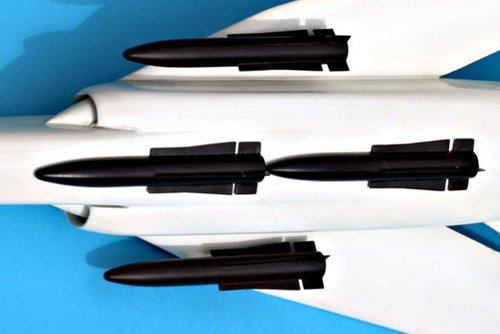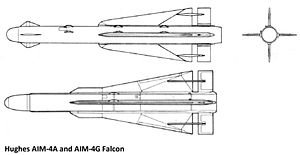- Joined
- 15 July 2007
- Messages
- 4,880
- Reaction score
- 4,533
Re: Vickers(Supermarine) 583 VG fighter
On the Type 583 I think it is possible, but the margins are less than with a VG wing. Approach speed should be higher with a fixed wing, and Take off loads would be less. That said it assumes a reletively normal wing with normal levels of blow.
Now do we actualy have confirmation this is a Huges missile? It might fit the timeline if this is being offered in '64 with GAR.9, if my memory is working. Though the size does rather vindicate BACs view that the Type 583 and earlier Type 582 will have issues fitting these large missiles.
Certainly a fixed wing machine can be built to operate from something like Hermes. After all Buccaneers did, and its reasonably clear Crusader ought to.Did the variable geometry play any role in allowing the type to be able to be
operated from Hermes or could a fixed geometry design have also done so?
On the Type 583 I think it is possible, but the margins are less than with a VG wing. Approach speed should be higher with a fixed wing, and Take off loads would be less. That said it assumes a reletively normal wing with normal levels of blow.
Now do we actualy have confirmation this is a Huges missile? It might fit the timeline if this is being offered in '64 with GAR.9, if my memory is working. Though the size does rather vindicate BACs view that the Type 583 and earlier Type 582 will have issues fitting these large missiles.











